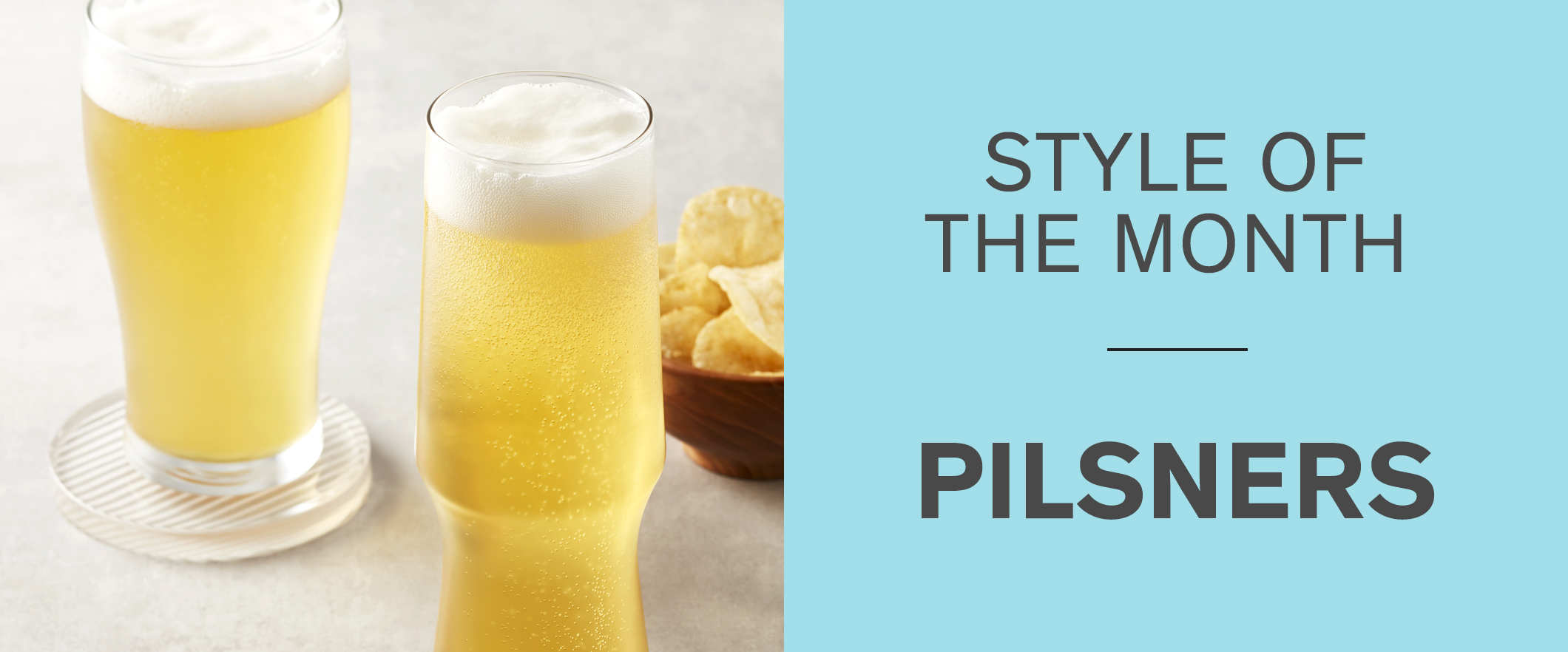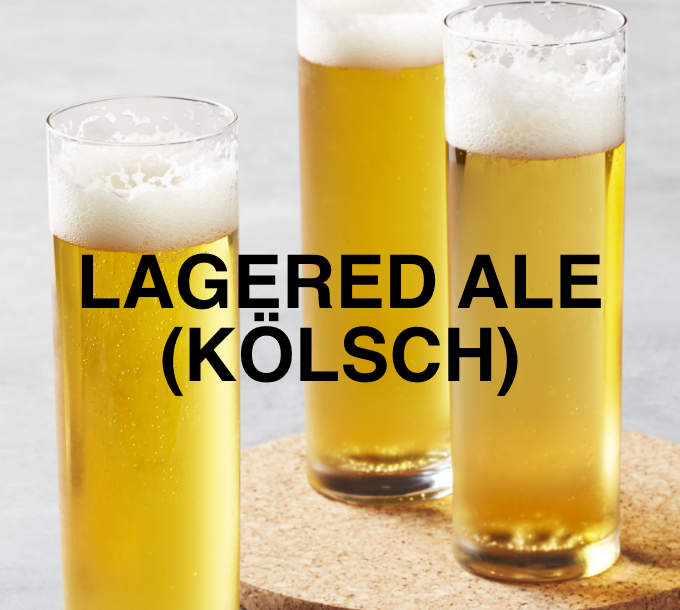Ready to Explore?
Before Pilsners came on the scene, most beers were dark, murky ales. So in 1842, when brewmaster Josef Groll unveiled the Pilsner in Plzen, Bohemia, his clear, straw-hued sparkling lager sparked a major revolution. But the brew didn't just look good — made with the newly discovered lager yeast, pale malt and Noble European hops, it tasted marvellous too. Now, as it was then, Pilsner is designed for the table, and it will find harmony with everything from a Caesar salad to a ham-and-Swiss sandwich.
You May Taste
With spicy, grassy or floral hops and light grain, Pilsners have crisp, full carbonation, and are medium bodied with a snappy and bitter finish. Expect flavours of white pepper, wild arugula, citrus, white or sourdough bread, pizza dough or biscuit.
Sip Them With
Food-friendly Pilsner goes well with everything including lemon grass curry, fish tacos, sashimi, grilled sausage or chicken. It's also a great partner for cheeses, such as Parmesan or Gouda, and salads with bitter or spicy greens like kale, Swiss chard, arugula or mustard leaf.
Serving Tips
A tall, slender and tapered glass is best when serving Pilsner because it accentuates the subtle aromas, showcases the colour and keeps the foamy head from breaking apart. The ideal serving temperature for Pilsner is 3°C, allowing the hops, citrus, malt and delicate bitterness to shine.













